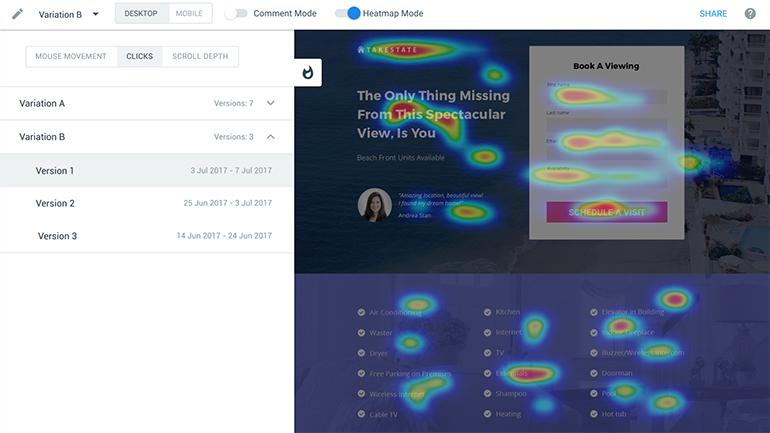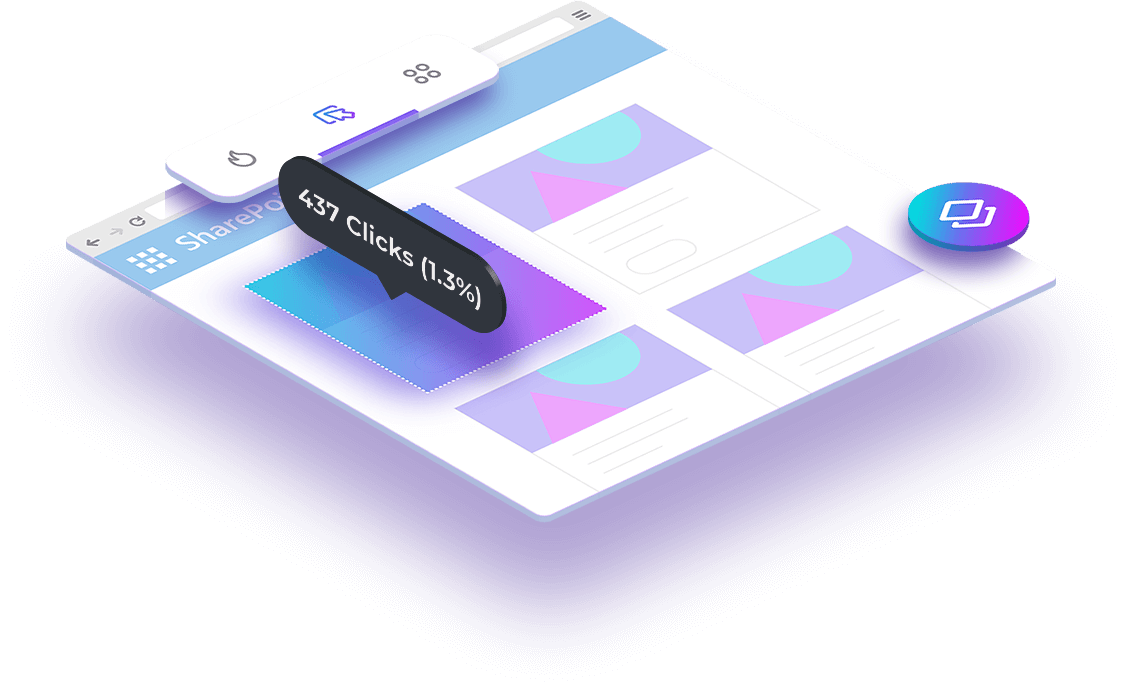
#PROGRAMMING A CLICK MAP SOFTWARE#
You will note at the bottom of the programming software you get a reference to the different types of memory. We will now connect to the PLC with the software and view how we address using the memory map above. The following table shows the memory type and addresses range for each. This will show us the amount of memory that we have in the PLC for addressing. Now that we know the data types and memory types we can now look at the memory map. – Building a PLC Program that you can be Proud of – Part 1 Memory Map – Click Addressing – Here is a Method that is Helping PLC Programmers to Program Faster Here are some additional links to show how indirect addressing works: As we change DS3 the corresponding address of DD will change as well. If DS3 has a value of ‘145’ then the address will use DD145. It will utilize the DS registers as the offset value and can be used with the DS, DD, DF, DH, XD, YD, TD, CTD, and TXT data register memory types.ĭD – This will point to the address in DD that DS3 value contains.
#PROGRAMMING A CLICK MAP MANUALS#
The manuals refer to this as ‘Pointer Addressing’. Indirect addressing is supported in the Click PLC. This includes where to look for the actual input and output points, timers, counters, data registers, etc. This is the Memory that the PLC utilizes within the program. Once we know the Data Types that are in the PLC, we can look at the Memory Types. What Everybody Ought to Know about PLC Numbering Systems Memory Types – Click Addressing (Picture – understanding- Link to bottom)

To better understand data types in the PLC you can get the free information guide by subscribing to this site at the end of this post.


The different types supported are Bit, Integer (Single Word – 16 bits), Integer2 (Double Word – 32 bits), Floating Point (Single – 32 bits), Hexadecimal (16 bits), Text (Single ASCII Character – 8 bits), and ASCII Code (8 bits). Data Types – Click AddressingĬlick PLC data types can be found in the following table. These are being used exclusively in our Click PLC series. The programming software and manuals can be downloaded from the Automation Direct website free of charge. Continuing our series, we will now look at the numbering systems and addressing used in the Click PLC.


 0 kommentar(er)
0 kommentar(er)
